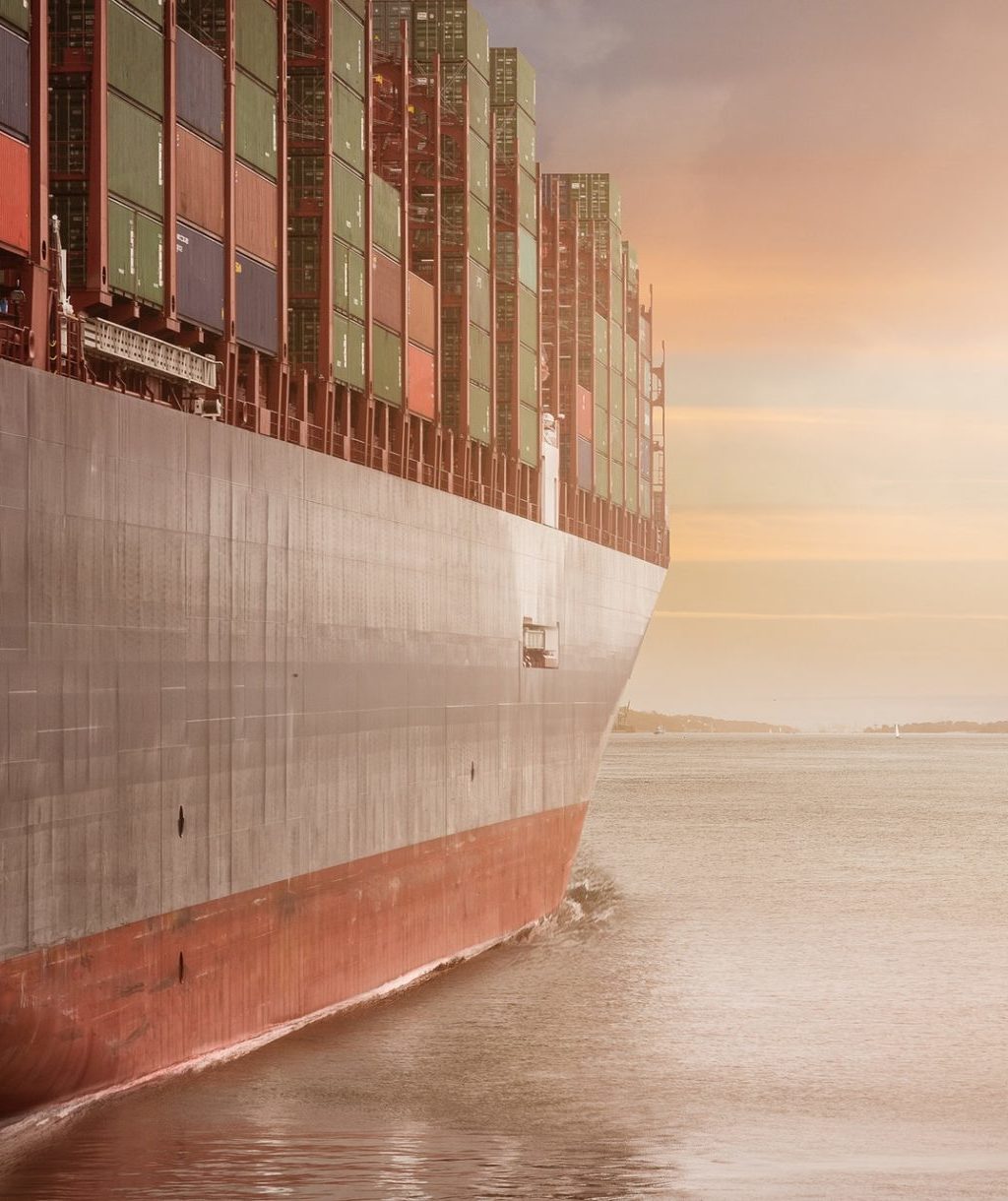“The use of ships to transport food begins at least with Viking and Roman ships that transported oil and wine over the ocean.”
I have a smartphone app that tracks marine traffic, and there’s no end to the amusement I derive from locating in real time the ships near me in almost any port. I can see where the ship is registered, its origin, and its destination. Unfortunately, I cannot see into the cargo hold, and therein lies the intrigue.
The use of ships to transport food begins at least with Viking and Roman ships that transported oil and wine over the ocean. Today, new Panamax container ships slip through the expanded Panama Canal. The tradeoffs between speed and carrying capacity seem to be part of the long evolution of ocean transport, not unlike the evolution of land-based transportation technology.
Liner Service and Tramp Shipping
Basic tutorials on merchant shipping reveal at least two relevant categories of cargo ships: liner service and tramp shipping. Essentially, liners have regular routes and schedules, and tramp shipping is chartered and has irregular schedules. Liners are generally more expensive than tramp services, and so bulk cargos like grain and sugar often travel with the tramp services. What this all means is unclear to a novice, but at least it separates two basic classes according to the types of foods that travel on ships.
Picking Up Speed
The business of shipping food rode on the innovations in naval architecture and energy. Relying on wind to move food around the world had its limits, most of which were reached by the end of the 19th century. Steam slowly entered transoceanic trade, but the problem of lugging all that coal over long distances slowed progress. Still, some food movers benefitted from the transition from wind to steam. Two New England entrepreneurs established the Boston Fruit Company, which became the United Fruit Company in 1899.

In spite of the slow beginning of transoceanic shipping of food, by 1915 the United Fruit Company and others were sending food in the cargo holds around Cape Horn and through the Panama Canal. That period must have been the tipping point in terms of speed and shipping capacity…although using the term “tipping point” to talk about shipping may not be a good idea.

Author
The same sense of wonder that called Dr. Robyn Metcalfe to run the great deserts of the world has led her to take on the task of mapping our current food supply. A historian, desert distance runner and food futurist with a lifelong hunger to take on irrational challenges, Robyn Metcalfe marvels at what it takes to simply create a peanut butter and jelly sandwich.